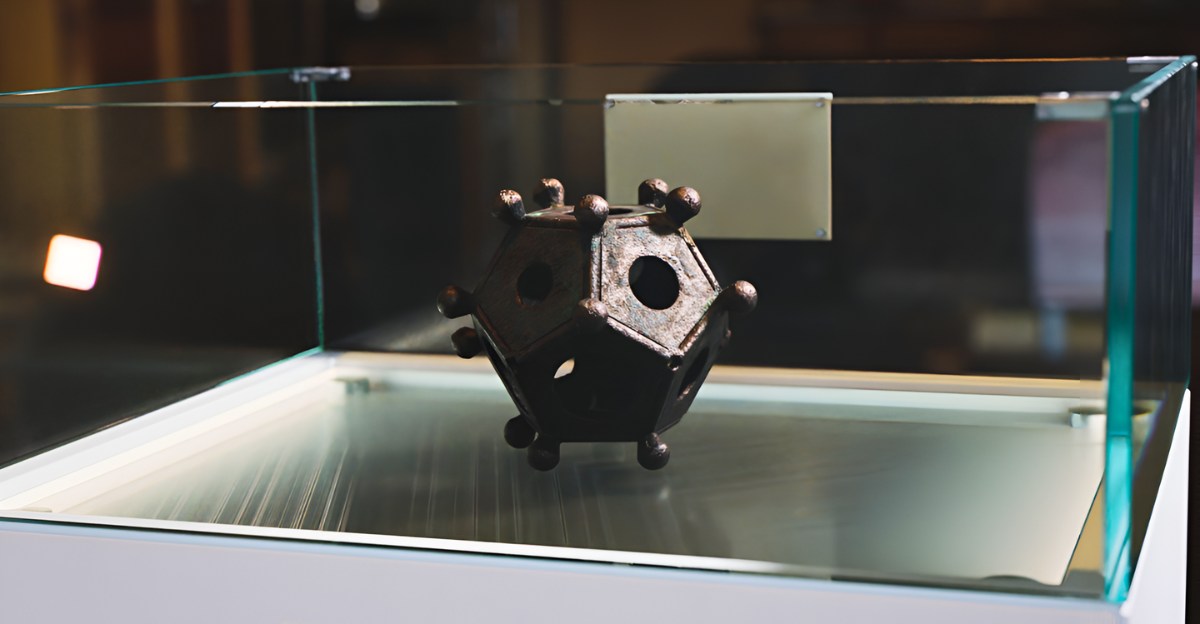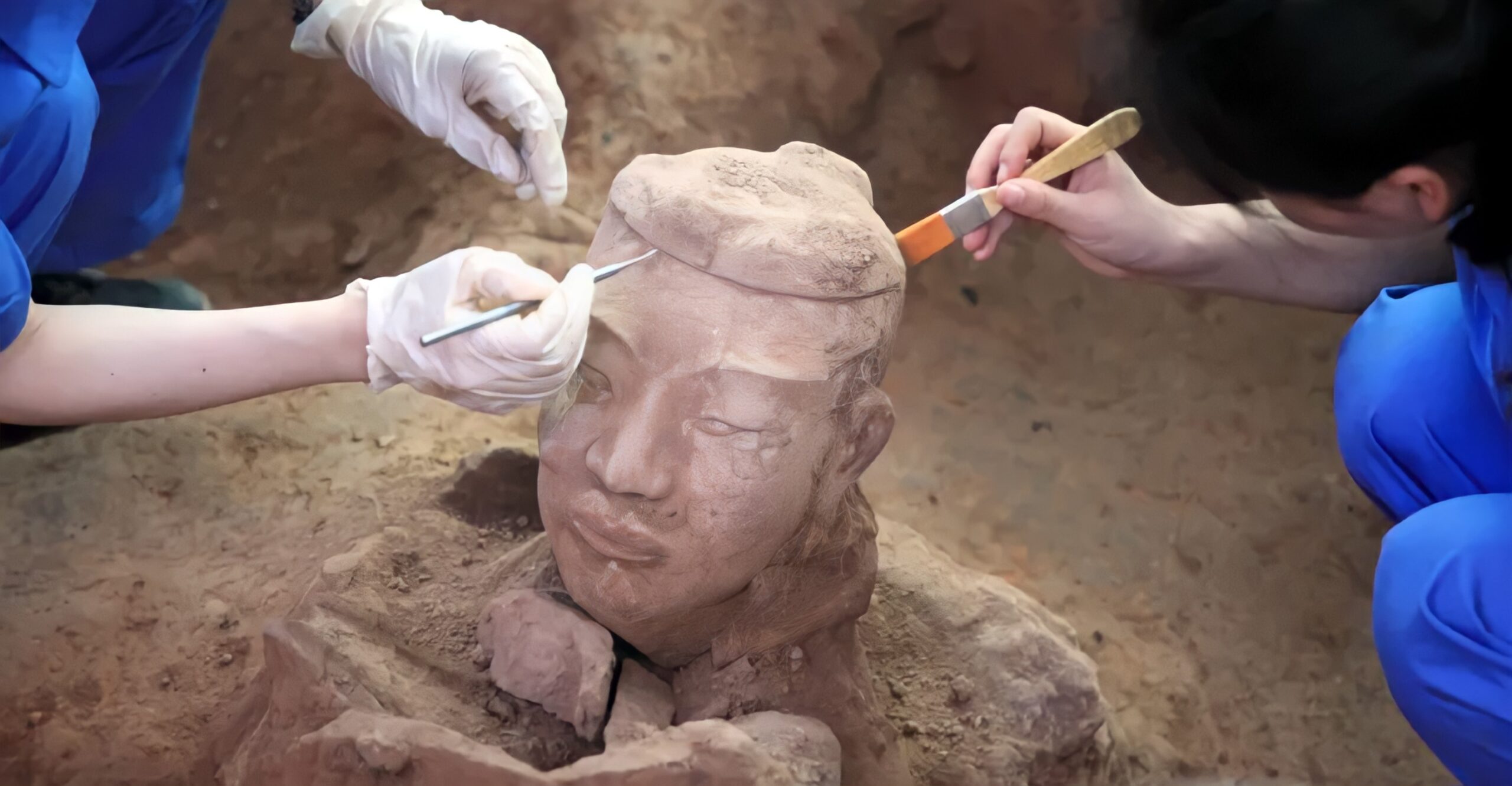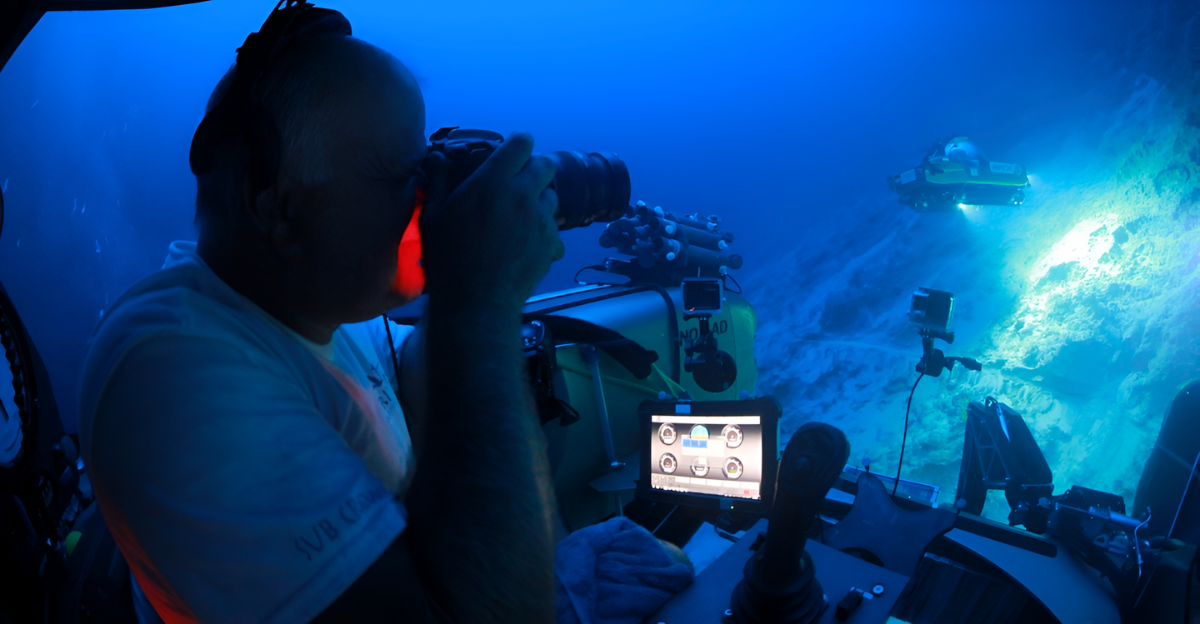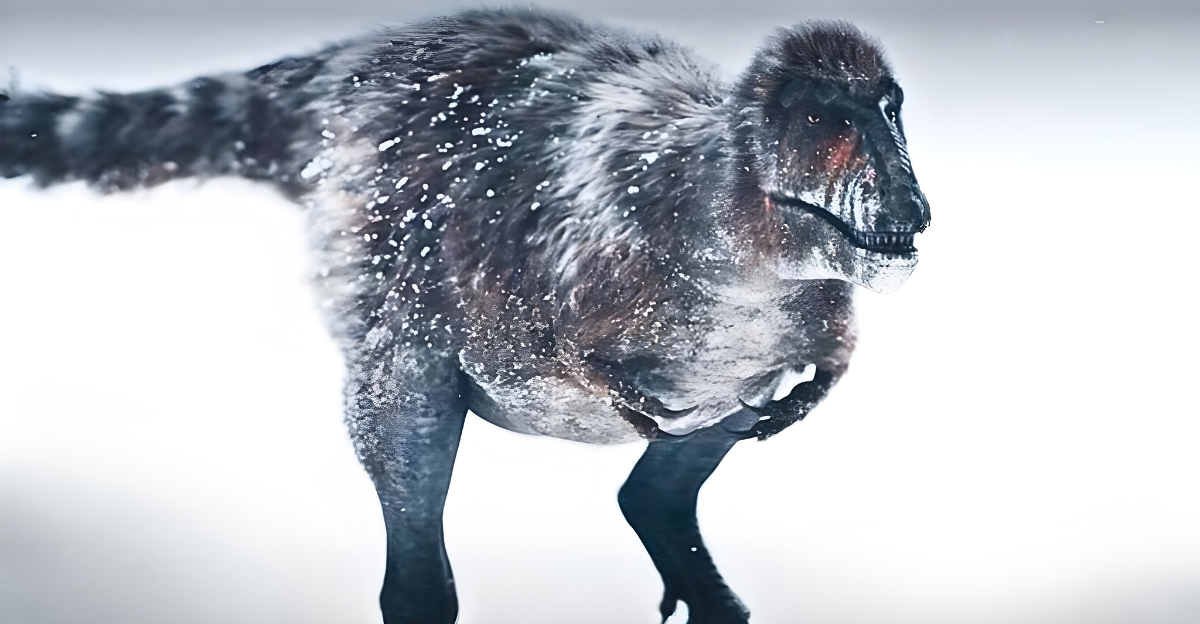
Dinosaurs will forever fascinate the world when they are discovered and tell new stories of a world that once existed. Around 120 million years ago, during the Early Cretaceous, what is now southern Australia and Antarctica formed a single landmass near the South Pole, covered in cool-temperate forests and subjected to months of darkness each year. The lost world of polar dinosaurs has finally been uncovered, giving researchers a glimpse into the remarkable creatures that survived extreme conditions.
A Land We Never Knew
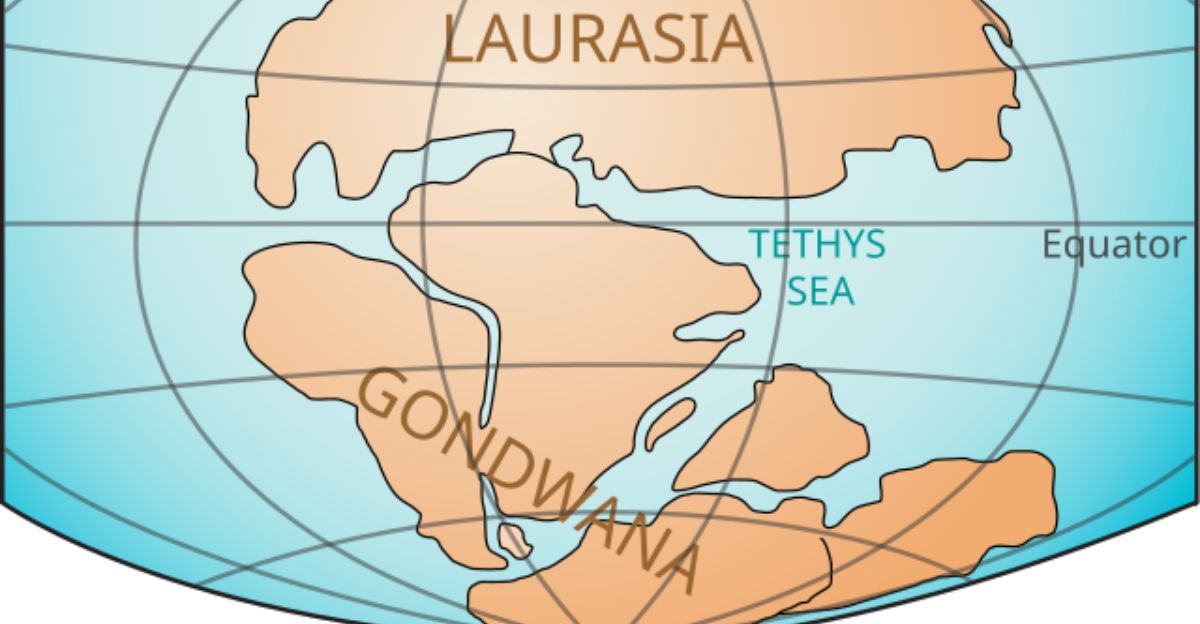
Before Australia and Antarctica became the places we know today, they were united as part of the southern supercontinent Gondwana. During the Cretaceous Period, this region, known as East Gondwana, included modern-day Australia, Antarctica, and Zealandia and lay near the South Pole. The continents were slowly drifting apart, but for millions of years, they shared similar ecosystems and a connected evolutionary history.
“What is now Victoria was once within the polar circle, up to 80 degrees south of the equator and shrouded in darkness for months at a time,” explained Vera Korasidis, co-author of the study and lecturer in environmental geoscience at the University of Melbourne.
An Ancient Polar Discovery

The Wonthaggi Formation in southern Australia was part of a remarkable discovery when paleontologists discovered 24 dinosaur tracks dating back to the Early Cretaceous, between 120 and 128 million years ago. “These numerous tracks are the best evidence yet that these former polar environments supported large carnivores,” said Emory University’s Professor Anthony Martin.
This discovery confirms that these polar environments supported thriving dinosaur communities, even as they endured months of darkness and freezing winters.
A Lush, Ancient Polar Landscape

While the land wasn’t quite what we know today, the climate was much warmer, with temperatures 42 to 57°F higher and no polar ice caps. “Although the mean annual air temperature was higher during the Cretaceous than today, during the polar winters, the ecosystems experienced deep freezing temperatures and months of darkness,” said Martin.
Towering conifers formed the forest canopy, while the undergrowth teemed with ferns, mosses, and the earliest flowering plants, creating a vibrant, green world even during months of polar darkness. Despite the extreme seasonal shifts and prolonged winter nights, this ecosystem flourished. Fossilized pollen, spores, and plant remains found in Victoria’s ancient rocks prove that this was once a flourishing ecosystem that thrived for many years.
The Ancient Tracks

The Wonthaggi Formation has revealed 24 well-preserved dinosaur footprints dating back 120 to 128 million years when the land was still part of Gondwana. Among these tracks are 18 belonging to carnivorous theropods, relatives of the Tyrannosaurus rex. Four of these tracks were made by smaller, herbivorous ornithopods that were most likely prey to the larger dinosaurs.
“These numerous tracks are the best evidence yet that these former polar environments supported large carnivores,” says Martin. “The large theropods would likely have fed on prey such as smaller dinosaurs, fish, and turtles.” Preserved in ancient floodplain sediments, these tracks were likely made during brief polar summers when the ice thawed and the land became a fertile stomping ground.
Adaptations to Polar Extremes

How did these dinosaurs survive months of darkness and freezing temperatures? Some species likely developed large body sizes to minimize heat loss, while others had specialized nasal passages to warm the frigid air they breathed and teeth adapted for chewing tough, fibrous polar plants. Ornithopod Leaellynasaura evolved disproportionately large eyes and bulging optic lobes to capture more light and process visual information during the long polar winters.
“Leaellynasaura’s optic lobes are larger than those from hypsis that lived in non-polar environments, suggesting that it had extra brainpower to analyze input from its big eyes,” noted paleontologist Tom Rich.
Reconstructing Ancient Habitats
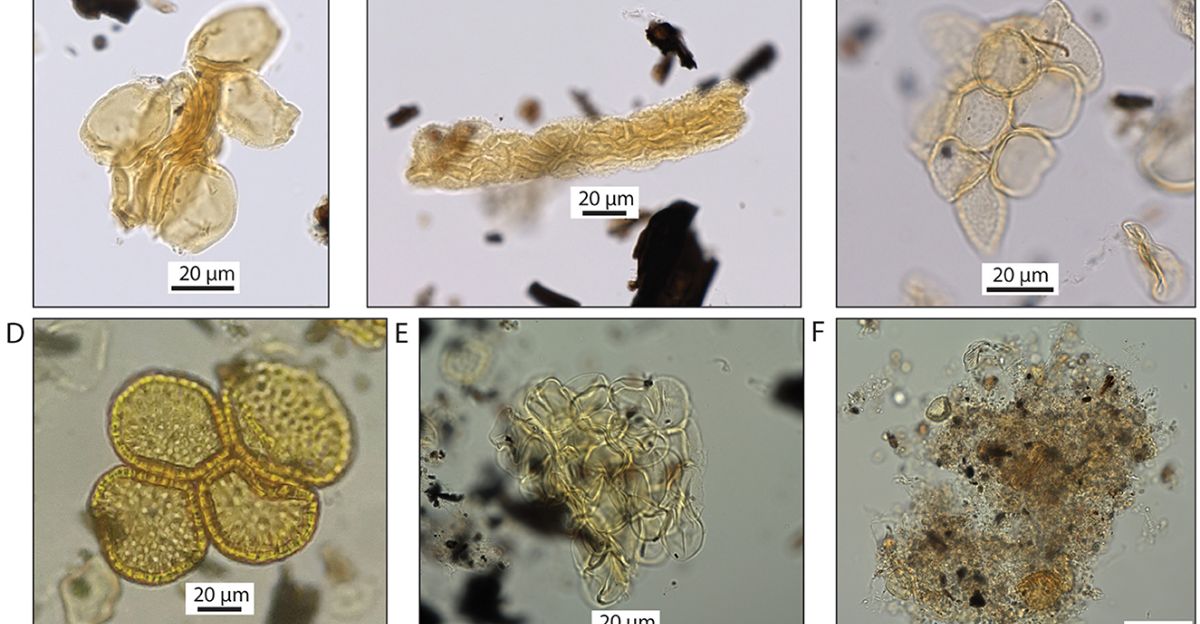
Scientists have recreated vivid images of these lost worlds by analyzing nearly 300 samples of pollen and spores from dozens of sites along Victoria’s coast. The findings reveal that cool-temperate rainforests dominated the landscape some 120 million years ago. The region was a rift valley with braided rivers, subject to seasonal flooding that helped preserve bones, teeth, and footprints in sediment layers.
As the supercontinent Gondwana began to break apart, the evolving vegetation and changing climate shaped the dinosaurs’ diets and behaviors. “The appearance of flowering plants in the landscape resulted in the extinction of numerous understorey plants,” said Dr. Korasidis.
Challenging Dinosaur Stereotypes

The finding of these tracks completely changed the thought that dinosaurs were strictly tropical or temperate creatures. For generations, dinosaurs were imagined as giant reptiles confined to steamy swamps and tropical forests, incapable of surviving in cold or extreme environments. “It challenges everything that we think we know about dinosaurs,” remarked Anthony Fiorillo of the Museum of Nature and Science, Dallas.
Nesting sites and juvenile fossils in these polar regions further dispel the myth that dinosaurs migrated away from the cold; instead, many were year-round residents who raised their young in these challenging habitats.
Predators and Prey of the Polar World

Fossil evidence from southern Australia and polar regions reveals that small, beaked ornithopods were among the most abundant plant-eaters. These herbivores, sometimes likened to prehistoric cows, grazed on various ferns, conifers, and the emerging flowering plants that formed the backbone of the polar food web.
Stalking these herds were agile, feathered theropods, whose sharp teeth and keen senses made them formidable hunters.
A Window Into Prehistoric Resilience

As paleontologist Patrick Druckenmiller reflected, “Scientists from the University of Alaska Museum of the North found a lost world, a time of ‘polar forests with reptiles running around in them.” These dinosaurs developed a range of survival strategies to cope with the extremes of their environment.
Their ability to adapt to cold, dark, and unpredictable climates challenges the stereotype of dinosaurs as purely tropical creatures. Also, it highlights the evolutionary flexibility that allowed them to survive mass extinctions and dominate the planet for millions of years.

